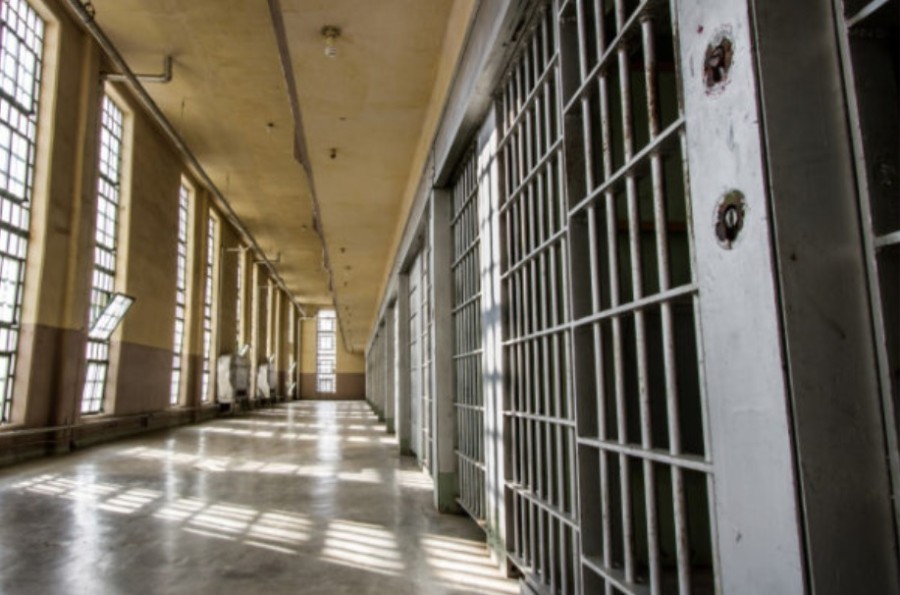
In recent years, the issue of wrongful deaths in jails has increasingly come under scrutiny, highlighting systemic failures and raising major concerns about inmate safety and well-being.
Wrongful deaths in jails refer to inmates who pass away in jail due to negligence, misconduct, or inadequate conditions within the correctional facility. It is crucial to differentiate these deaths from natural causes or unavoidable incidents. While it’s normal that some people will die in jail of natural causes, there are many fatalities occuring around the country that are preventable.
Common Causes of Wrongful Death in Prison
There are various factors that contribute to wrongful death cases in jails.
- Medical Neglect and Inadequate Healthcare: In many istances, inmates do not receive timely or appropriate medical attention. They are often thought to be lying about symptoms, or they are believed but not cared for.
- Violence and Inmate Altercations: Other incidents involve physical confrontations among inmates or between inmates and staff.
- Suicide and Mental Health Crises: There is a lack of adequate mental health support and suicide prevention measures in prisons.
- Staff Misconduct and Use of Excessive Force: In some cases, staff members abuse their authority or use excessive force.
Real Examples of Wrongful Death in Jail
Every day there are new stories emerging about wrongful deaths in American jails. Just recently, the Monterey County jail was accused of its sixth wrongful death since 2021. In many of these incidents, someone suffering from extreme mental distress or an active drug addiction is put in a cell unsupervised, with no option for rehab or mental health services. This can lead to fatal physical or mental health symptoms.
Similar situations are happening in Maine, Minnesota, Louisiana, and here in New York. Rikers Island had 19 deaths in 2022 alone, prompting demands for intervention from Campaign Zero.
Over the years there have been many instances of either criminal negligence or homicide, like the 2016 death of Terrill Thomas. As punishment, the water to Terrill’s cell was shut off for seven days, causing him to die of dehydration. The company that was providing medical services to the jail was found guilty and charged. In other situations, the most famous of which being Jeffrey Epstein, inmates take their own lives. Regardless of any of the conspiracy theories surrounding this particular case, many inmiates experiencing suicidal tendencies are left alone, instead of being provided with mental health services or supervision.
Systemic Issues & Potential Solutions
So, how can these issues be solved? It’s a long uphill battle that involves a variety of systemic issues.
One issue is overcrowding and understaffing. Overcrowded jails often struggle to maintain safety standards, while understaffing exacerbates the risks faced by inmates. As mentioned above, supervision can’t always be provided to inmates who might need it for their safety.
Inadequate healthcare is also a massive problem. Since inmates have limited access to medical and mental health care services, there is a high risk of preventable deaths among inmates. Unfortunately, there is such a lack of accountability and oversight when it comes to prison systems. Internal investigations into inmate deaths often lack transparency, which raises concerns about accountability within correctional facilities.
There are laws in place that govern jail conditions and inmate rights, but there is a challenge with enforcement and oversight. Even when it’s too late and a life has been lost, the families of victims face a lot of hurdles when seeking justice, like legal protections for jails and their staff.
There have been plenty of legislative efforts over the last decade or so that aim to improve jail conditions, enhance accountability, and strengthen protections for inmates. Some of these aim to reduce sentencing and provide early release (the First Step Act of 2018), while others focus on inmate treatment like reducing sexual assault in jails (The Prison Rape Elimination Act Standards of 2012). While all of them have good intent and are headed in the right direction, it’s going to take a lot of legislature to address every aspect of this major issue.
The crisis of wrongful deaths in jails demands urgent attention and action. By addressing systemic failures, improving conditions, and prioritizing inmate safety and well-being, we can strive towards a more just and humane correctional system. It is essential for policymakers, advocates, and the public to work collaboratively towards meaningful reforms that ensure justice for all individuals within our custody.
Become a Harlem Insider!
By submitting this form, you are consenting to receive marketing emails from: . You can revoke your consent to receive emails at any time by using the SafeUnsubscribe® link, found at the bottom of every email. Emails are serviced by Constant Contact










